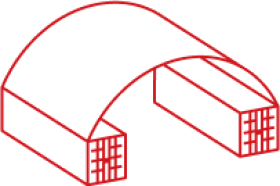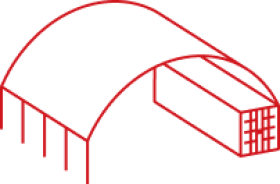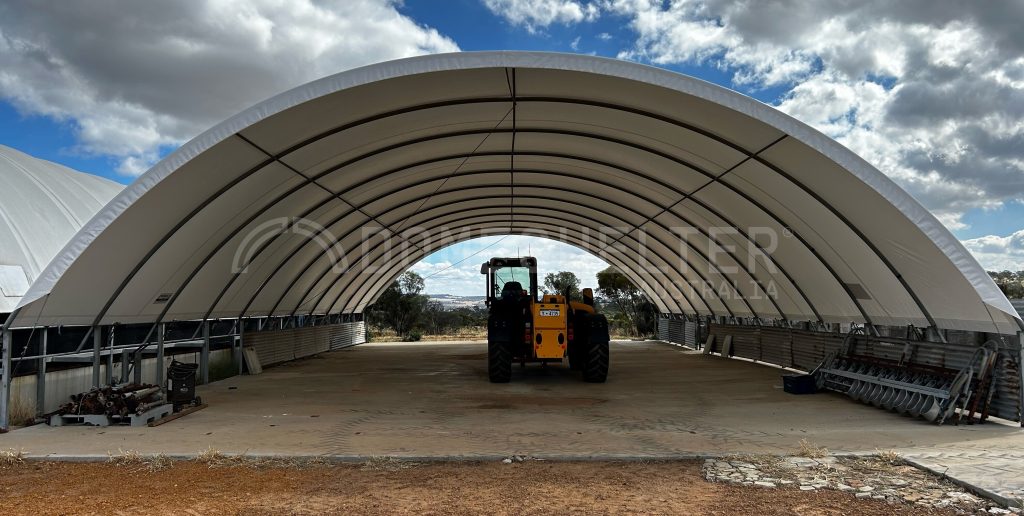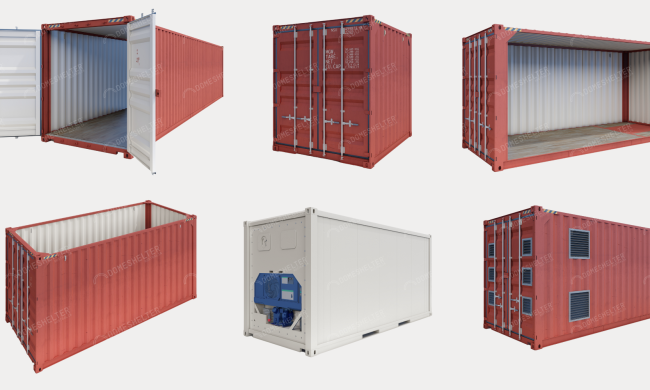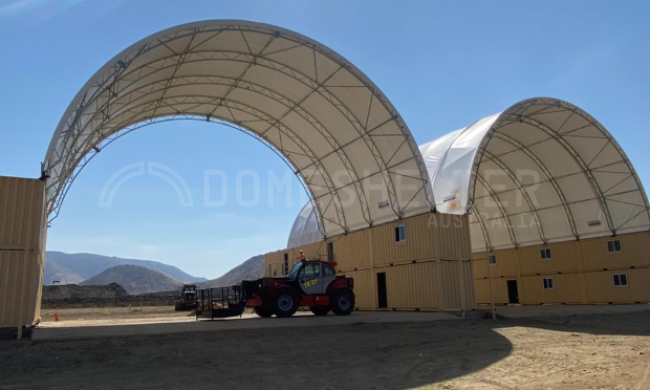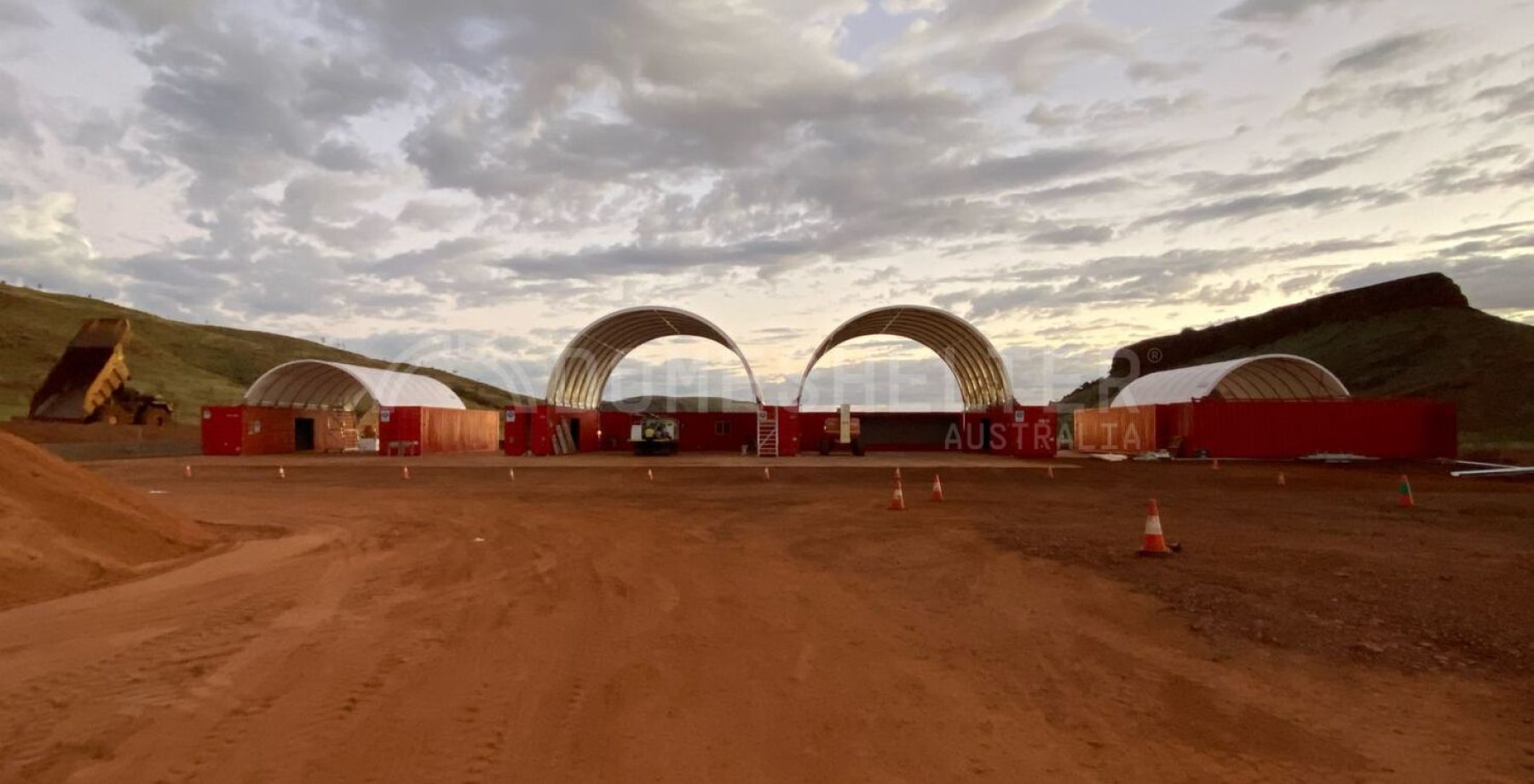
DomeShelter Australia’s Fabric Shelters are designed to provide a versatile and durable storage solution for a wide range of industries. One of the many benefits of these Structures is their ability to be extended or modified as a business grows or changes. Whether you require additional storage space for new equipment, a larger working area, or simply more covered storage, extending an existing Shelter can be a cost-effective solution.
In this article, we will explore the process of extending a Fabric Shelter, including the different options available and the factors to consider before undertaking such a project. We will also discuss the benefits of extending an existing Shelter compared to constructing a separate, new Shelter.
The Shelter Extension Process
DomeShelter Australia do offer extensions for our DomeShelter™ Structures. Extensions are provided in their own kit, complete with all materials required, not unlike our regular Shelter kits. Extension kits will also include a “joiner tarp” manufactured specifically for your project, which is used at the connection point to seal the Shelter and extension together and make the completed Structure watertight.
The first step in extending a Shelter is to contact the DomeShelter™ Team with information about your existing Shelter and the job number. Photos of the existing Shelter are also ideal to help establish what condition it is in. The salesperson will then help you to choose the best extension option for your needs and guide you through the process of extending your Shelter.
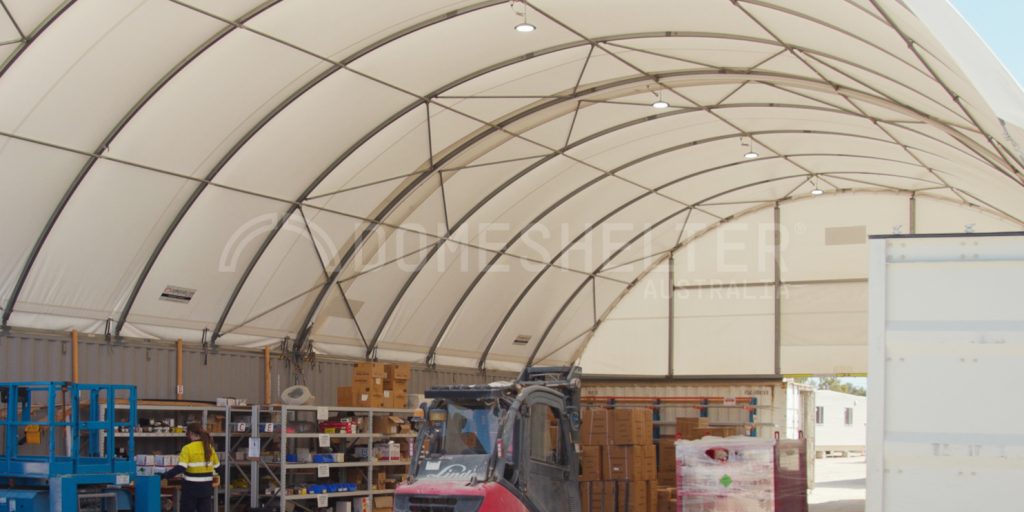
Joiner tarp was used to fuse two Shelters together at Ausco Modular‘s manufacturing yard
Factors to Consider Before Extending a Shelter
Before extending an existing Shelter, there are several factors that should be considered.
1. Age & Structural Integrity of Existing Shelter
If the Shelter is more than eight years old, engineering needs to be given considerable attention. These Shelters would likely be engineered to an outdated version of the Building Codes of Australia, and may not have the required structural integrity. To engineer the new Structure for application as an ‘extension’, retrospective engineering will likely need to be applied to the existing Structure to ensure compatibility. This would not be possible for older Shelters, which would be unlikely to adhere to the updated Code.
2. Building Regulation Requirements
Depending on your Shire’s regulations, you may need to consider building approvals. Due to the discrepancies between councils, the DomeShelter™ Team does not handle any approvals. It is important for clients to speak directly with their local shire about what building regulations and codes may be in effect where they are located. This will ensure that you are complying with local regulations and avoid any potential legal issues in the future.
3. Layout Potential
Clients should have an idea of how far they are looking to extend their existing Shelter based on the available space surrounding the existing Shelter. Another important consideration when deciding on the design and layout of a Shelter extension is asking whether you will still be able to access the Shelter if you extend it.
Benefits and Challenges of Extending a Shelter
Extending an existing Fabric Shelter is an effective way for clients to gain additional Sheltered workspace without the need to install an entirely new Shelter. This is particularly helpful for clients with only limited additional space on their site. Extending a Shelter can also be more cost-effective and less disruptive to the worksite, depending on the size of the extension. The process of extending a Shelter is also faster and install is quicker and simpler than establishing a new Shelter from scratch.
One of the main challenges of extending a shelter is ensuring that the joiner tarp is included to cover the gap between the new and existing shelter. It is also essential to make sure that the existing shelter is watertight before extending it to avoid any water damage. This is why it is recommended to send site photos and photos of the existing shelter to the salesperson.
Contact DomeShelter Australia
Extending an existing Fabric Shelter is a cost-effective way to provide additional protected space on your worksite. If you have a DomeShelter™ Product and are interested in an extension to generate more space, get in touch with the team today with your details and the job number of your existing Structure.
